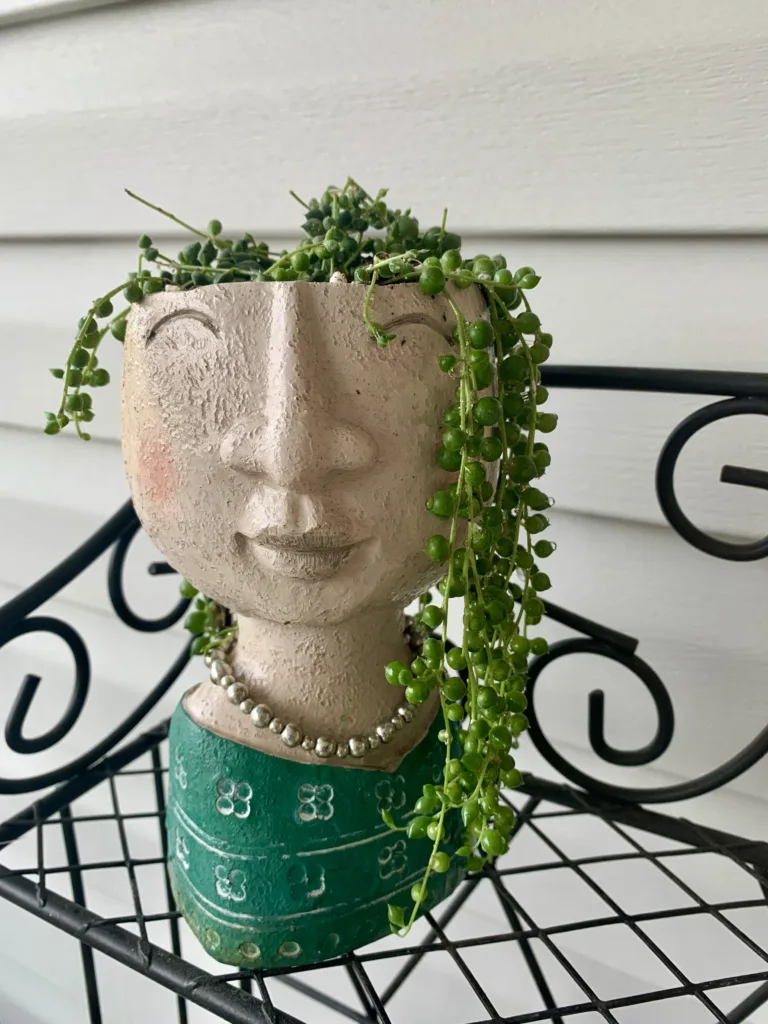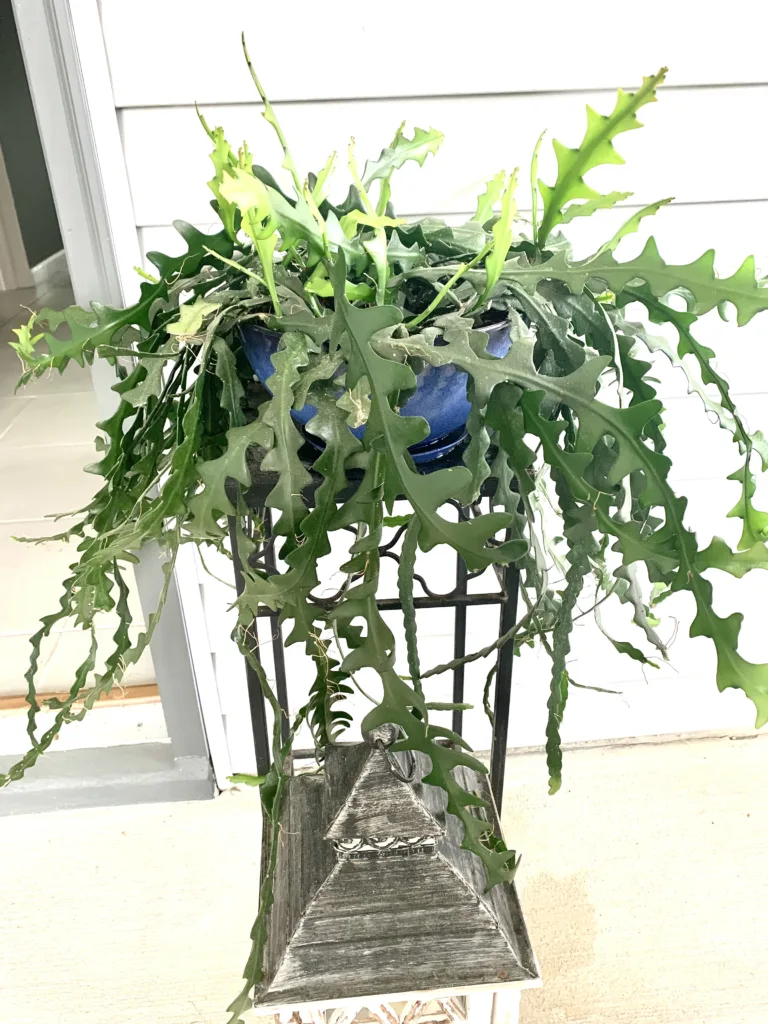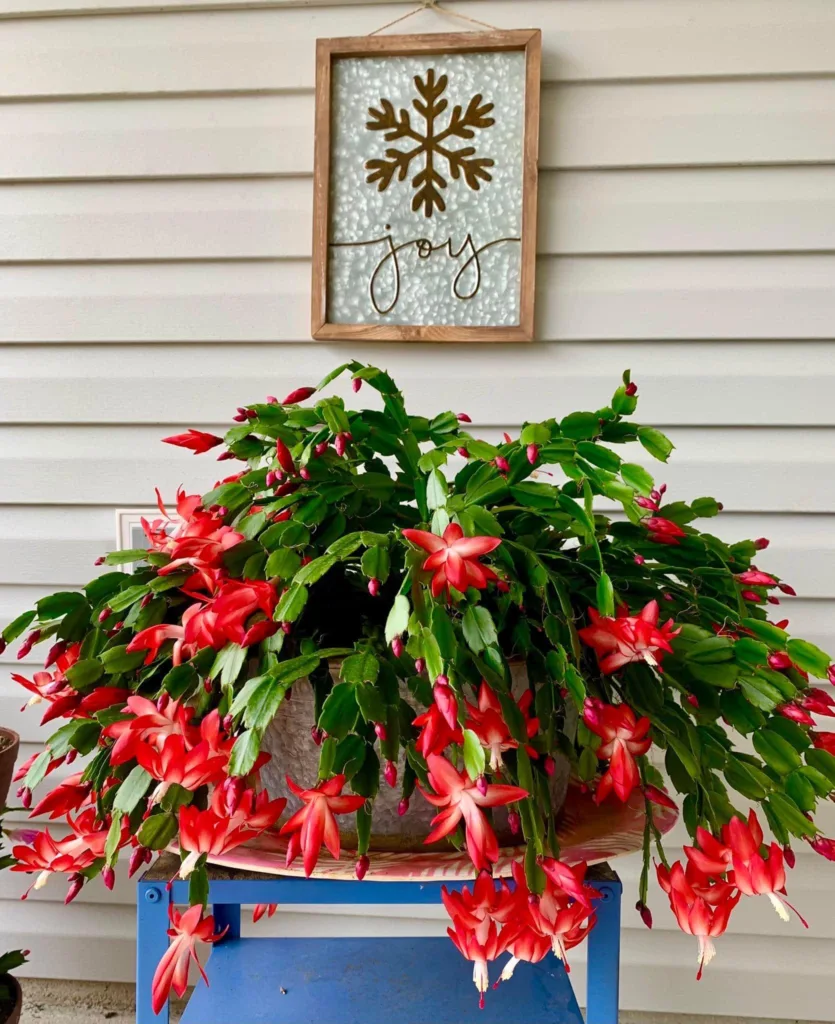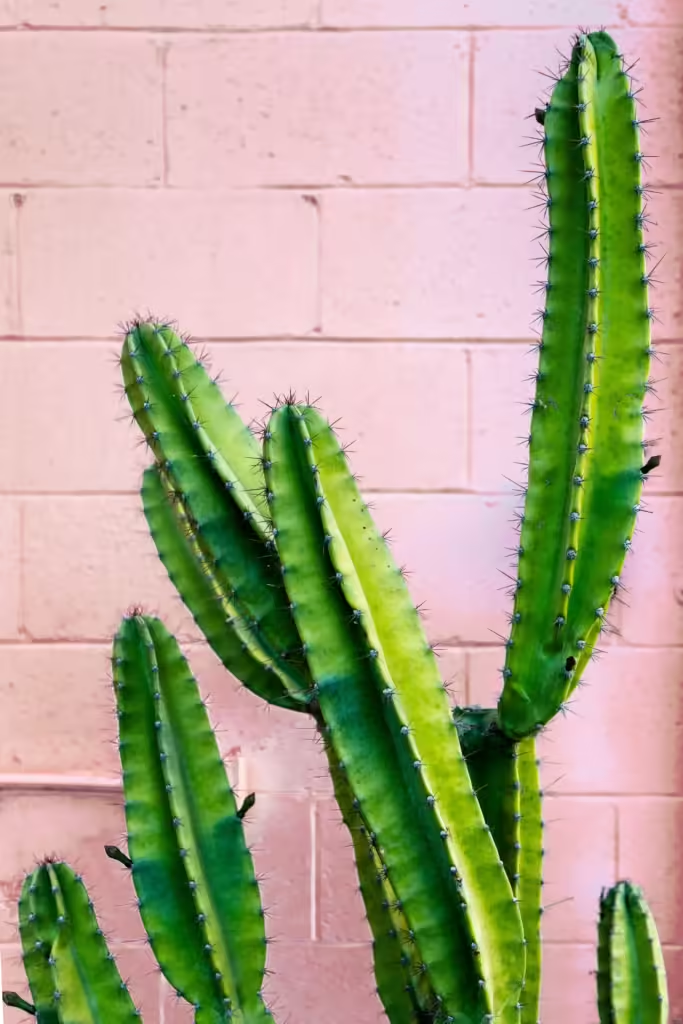Torch cactus, also known as Echinopsis oxygona, is a unique and visually striking cactus species that can make a great addition to any gardener’s collection. These cacti produce large, bright pink flowers in the summer months, adding a pop of color to your garden. In this blog post, we’ll provide you with a comprehensive guide on growing and caring for torch cactus, including the best pot type, soil type, light and water requirements, fertilizer type, and how to propagate.
Pot and Soil Requirements
Torch cactus plants require well-drained soil that is sandy, acidic, and rich in nutrients. When choosing a pot for your torch cactus, be sure to select a pot that is just slightly larger than the plant’s root ball. This will help ensure that the soil does not retain too much water, which can lead to root rot. Additionally, choose a porous pot material such as terracotta, as this allows the soil to drain more effectively.
Light and Water needs for Torch Cactus
These cacti require a lot of bright, direct sunlight in order to thrive. Aim to place your torch in an area that receives at least 6 hours of sunlight per day. If you have it indoors and don’t have the perfect window you can always use LED grow lights. When it comes to watering, torch cactus plants can be somewhat drought-tolerant, but they still require regular watering. Water your torch cactus deeply but infrequently, allowing the soil to completely dry out between watering sessions.
Fertilizing your Cactus
Torch cacti benefit from regular fertilization during their active growth periods in the spring and summer months. Choose a balanced, water-soluble fertilizer and apply it according to the product’s instructions. Avoid fertilizing your cactus during its dormant period in the fall and winter months.
Propagating the Torch Cactus
Torch cacti can be propagated through stem cuttings. To do this, simply remove a small section of stem from the main plant and allow it to dry out for a few days. Once the cut end has dried and calloused over, you can plant the stem cutting in a potting mix and care for it as you would for a mature torch cacti.
A few more Tips
To help your cactus thrive, be sure to keep an eye out for common pests such as spider mites and mealybugs. Additionally, avoid exposing your torch cacti to frost or freezing temperatures, as this can be fatal for the plant.
Happy Gardening!
Torch cactus may be a somewhat uncommon plant, but with the proper care and attention, it can make for a beautiful addition to your garden. Remember to choose a well-draining soil and a porous pot material, provide your torch cactus with plenty of bright, direct sunlight, and water it deeply but infrequently. Additionally, be sure to fertilize your torch cacti during its active growth periods and propagate it through stem cuttings as needed. With these tips and tricks in mind, you’ll be well on your way to creating a thriving and healthy torch cactus plant.
Please be sure to check out my Gardening Blog Post Page for more tips on all types of gardening. Including Seed Saving, Seed Starting, Orchids, Water Gardening, Coldframe Gardening, Indoor Bulb Gardening, Hydroponics, Container Gardening, Mums, Herbs, African Violets, planting Bulbs, Flower Gardening, Vegetable and Fruit Gardening, Indoor Houseplants of all kinds, Cactus, Succulents, Hanging plants, Deer resistant plants and even Bird, Bee, Butterfly and Hummingbird Gardens!




